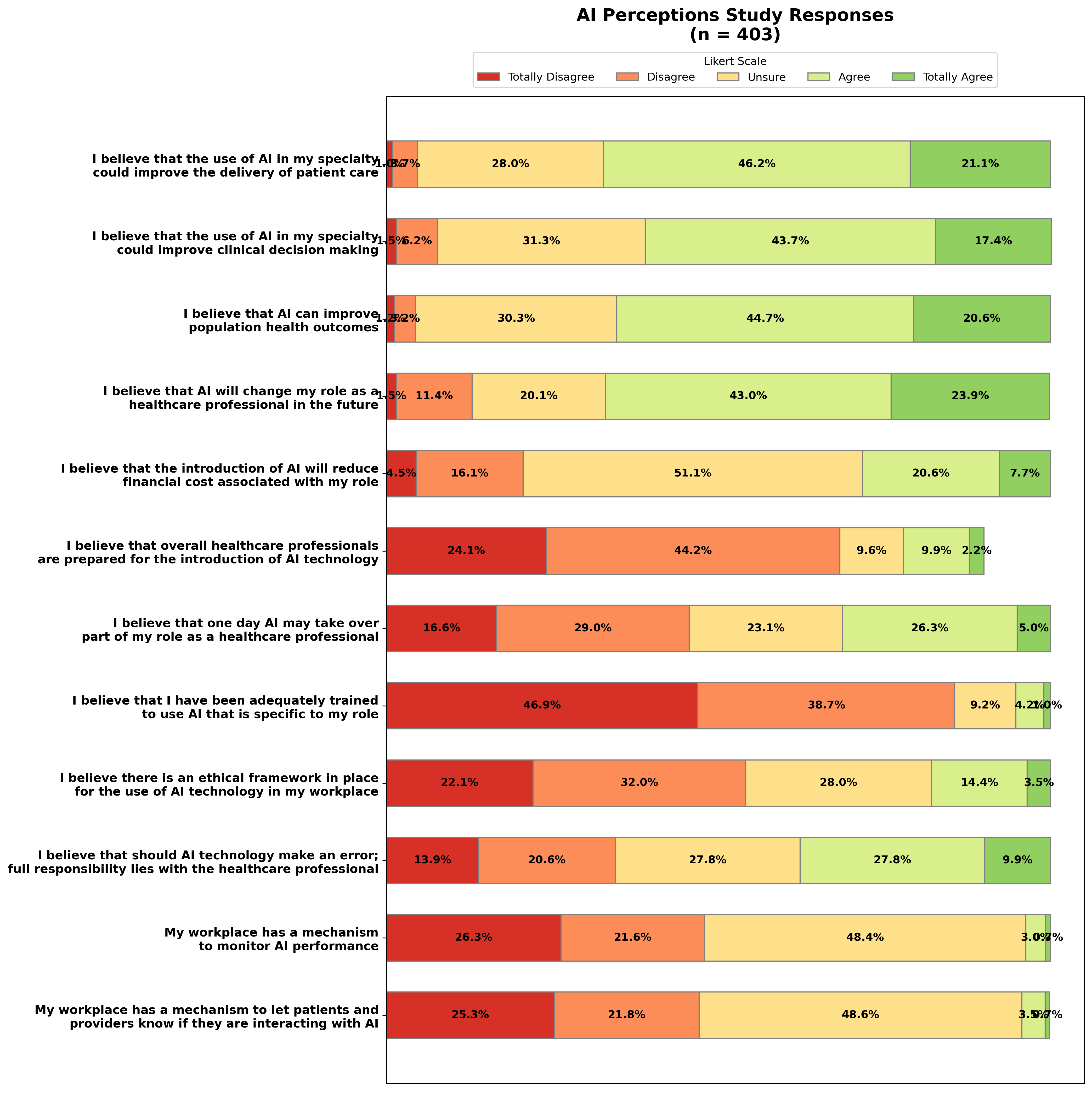Technology 1: AI/Machine Learning
Session: Technology 1: AI/Machine Learning
178 - Pediatric Healthcare Providers’ Perceptions on Usability and Utility of Artificial Intelligence (AI) Tools in Clinical Settings
Saturday, April 26, 2025
2:30pm - 4:45pm HST
Publication Number: 178.5620
Jawahar Jagarapu, University Of Texas Southwestern Medical Center, dallas, TX, United States; Andrew P. Bain, University of Texas Southwestern Medical School, Dallas, TX, United States; Christoph U. Lehmann, University of Texas Southwestern Medical Center, Nashville, TN, United States; Philip Bernard, University of Texas Southwestern Medical School, Dallas, TX, United States

Jawahar Jagarapu, MD,MS
ASSOCIATE PROFESSOR OF PEDIATRICS
University Of Texas Southwestern Medical Center
UT southwestern medical center
dallas, Texas, United States
Presenting Author(s)
Background: Electronic Health Records (EHRs) have been widely adopted in healthcare. While they streamline documentation, they present significant challenges for clinicians, including cumbersome navigation and collation of information. Artificial intelligence (AI) tools offer to aid healthcare providers to access patient information quickly and efficiently. However, the accuracy, potential bias, provider perception, and effect on privacy remain understudied in healthcare settings.
Objective: We aimed to understand healthcare providers’ perceptions in a large academic pediatric healthcare system regarding the usability and utility of AI tools in clinical settings prior to the implementation of an AI clinical text summarization tool in the electronic health record.
Design/Methods: We conducted a pre-implementation perception survey using a validated Shinner’s Healthcare AI (SHAIP) questionnaire. The questions measure healthcare providers’ perceptions of AI on clinical care, effect on providers, clinician preparedness, and organizational readiness. The survey was distributed to 2,000 credentialed healthcare providers from August 8, 2023, to September 8, 2023.
Results: Our survey response rate was 20% (403 healthcare providers). Table 1 details the demographic characteristics of the respondents. Among participants, 77.7% were physicians and 56.6% practice mainly in inpatient settings. The Likert scale responses for the perception questionnaire are summarized in Figure 1. The respondents viewed AI tools favorably for patient care (67.3%) and improving population health (65.3%). We noted significant gaps in readiness for AI adoption, with only 12.1% feeling prepared and 5.2% adequately trained. Almost half (48.4%) of respondents were unsure about the presence of governance mechanisms for AI tools, and 54.1% disagreed that an ethical framework for AI existed in their organization. The median scores for healthcare providers’ perceptions of AI on clinical care, effect on providers, organizational readiness, and preparedness were 4, 3, 3, and 2, respectively (Table 2).
Conclusion(s): Our study on AI perceptions revealed that healthcare providers believe that AI can improve patient care and population health. However, many healthcare providers reported insufficient training and preparedness for AI deployed in clinical practice. Uncertainty on organizational governance and ethical oversight of AI highlights the need for provider education and transparency of the governance process in successful AI integration in healthcare environments.
Figure 1
 AI Perceptions Questionnaire Likert Scale Responses
AI Perceptions Questionnaire Likert Scale ResponsesTable 1
Image 10-30-24 at 12.13 PM.jpegDemographic characteristics of the Survey Respondents
Table 2
Image 10-26-24 at 5.40 PM.jpegAI Perceptions Questionnaire Domains and Median Scores
Figure 1
 AI Perceptions Questionnaire Likert Scale Responses
AI Perceptions Questionnaire Likert Scale ResponsesTable 1
Image 10-30-24 at 12.13 PM.jpegDemographic characteristics of the Survey Respondents
Table 2
Image 10-26-24 at 5.40 PM.jpegAI Perceptions Questionnaire Domains and Median Scores

